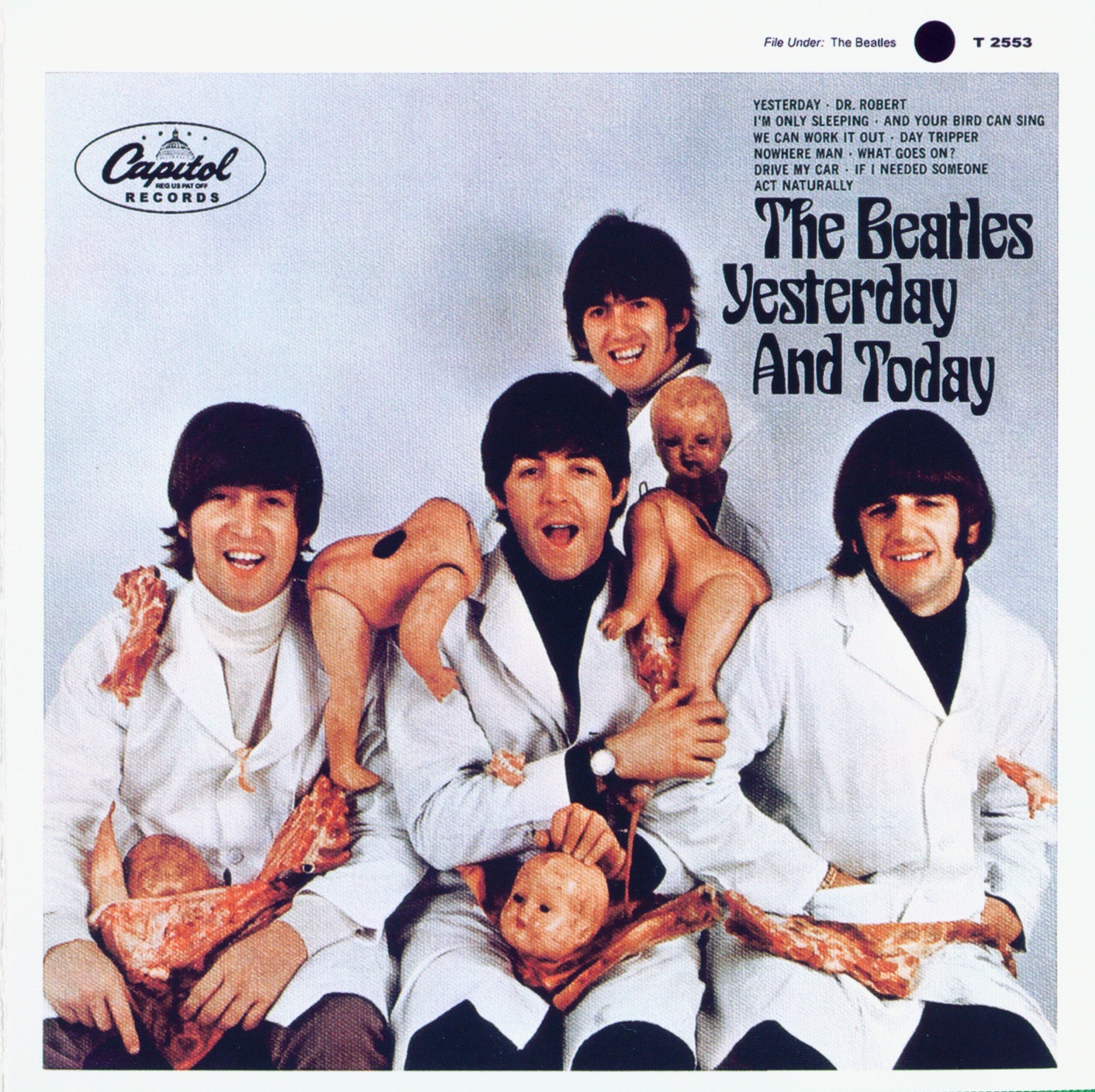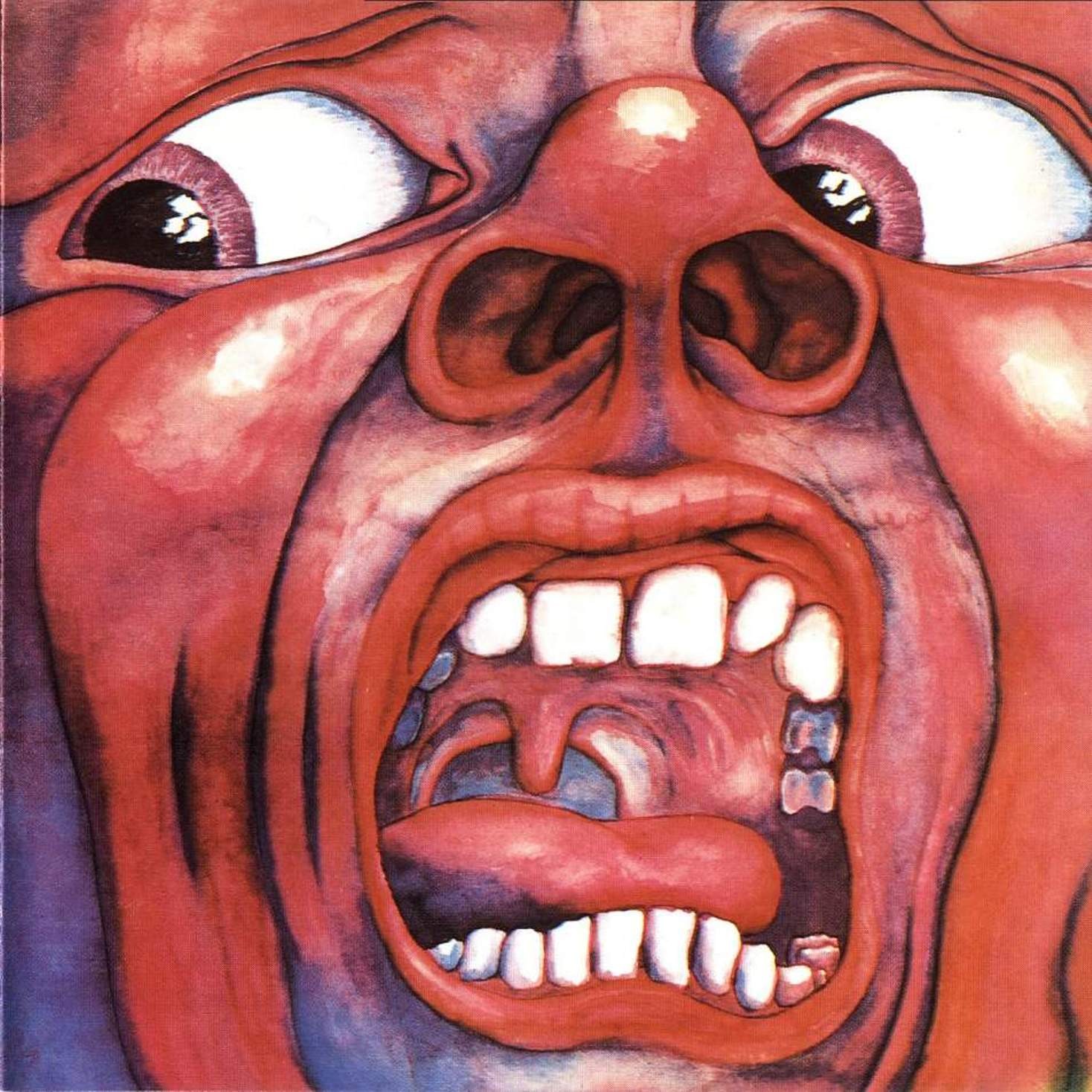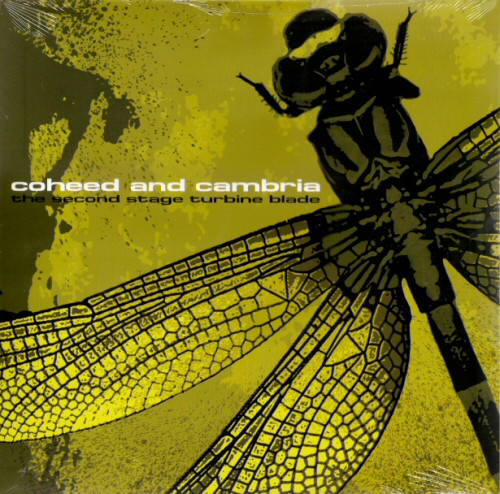For Glory
The term “holy grail†used to be reserved for items that are so scarce that their existence is almost mythical. The term first appears in Arthurian mythos and legends first written in the Middle Ages but has expanded its usage into modern vernaculars. Among vinyl collector, it denotes a sense of gravitas reserved for records such as Robert Johnson’s original recordings, or the butcher cover of Yesterday and Today by the Beatles. These records are rare enough that they might as well not exist, and for this reason they fetch high prices.
Discogs regularly puts out lists that show the 30 most expensive transactions for a month. The list is often full of obscure punk 7†records, world music, and rare pressings of records by Bob Dylan, Led Zeppelin, and the Beatles. Records regularly sell for several thousands of dollars, making them true holy grails.

This controversial cover was pulled and has since become a collectors item, fetching prices beyond $30,000.
Evolution of the Term
The term has seen misuse among young collectors. Holy grail has become a term used to describe records that are easily found, but highly sought after. A prime example of this is In the Court of the Crimson King by King Crimson. The record itself is not particularly rare, it has been in print for 40 years, but its popularity has elevated it to “grail†status. The meaning of grail has been watered down during the vinyl revival, but it is all in good fun among new collectors.

While a great record, this is no holy grail.
Among my collection, there are only two records that I would classify under the holy grail umbrella. 2016’s Blond by Frank Ocean, and 2002’s Second Stage Turbine Blade by Coheed & Cambria. Both records are by artists with a dedicated following, have an extremely limited pressing, and the former has fetched prices as high as $1,500. Given how the individual artists release music, these two records are set to be future estate pieces for children I will not have.
There are other records in my collection that regularly sell for hundreds of dollars, but I have never purchased a record solely for the monetary value attached to the actual disc. I have spent thousands of dollars on my record collection, and it is fun to speculate how much I could earn if I sold it, but for me that is not the reason for my collection. Record collecting is about preserving physical tokens of the obscure concept of music, visually presented to nonverbally communicate my taste in music with others.


My retirement fund.
There are many reasons why people collect records. Anecdotally, it appears that most do it for the fun. Others, like myself, do it for representing their taste in music. Some are more noble than others, some do it for preserving rare records and works of art that would otherwise be lost to time. But there are the ones wealthy enough that seek their thrills by spending thousands on their grail quests. They bring glory home each time they slay the dragon of inflated prices with their sword of American Express and PayPal. Whatever the reason, hunting for the holy grail will remain a hobby for collectors everywhere.
